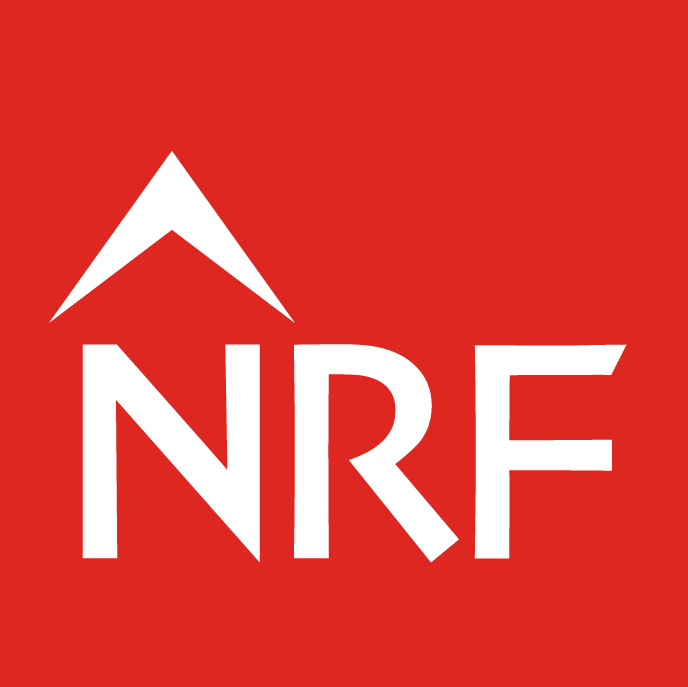On March 26, 2020, the Assistant Administrator for Enforcement and Compliance Assurance at the US Environmental Protection Agency (“US EPA”) announced that the agency would apply enforcement discretion for noncompliance: (i) during the period of the policy; (ii) that results from the COVID-19 pandemic. The “Policy” is retroactive to March 13, 2020 and will run until seven days following future notice by the agency.
The Policy is conditional. For example entities must make every effort to comply and, if compliance is not reasonably practicable, must act to minimize the effects and duration of noncompliance. We also note:
- The Policy will not preclude citizen suits by environmental organizations or other interested parties.
- The Policy does not create any presumption of applicability. Accordingly, the burden will be on regulated entities to demonstrate that they met the applicability and condition limitations set forth by the US EPA, such as demonstrating that they took mitigating actions and returned to compliance as soon as possible.
- Regulated entities who cannot comply should assess how they can meet as much of the requirement as possible. For example, where monitoring cannot be done in full compliance with a rule, regulated entities may need to consider whether they can achieve partial compliance or employ an alternative compliance method.
In the sections that follow, we further explore the policy conditions and limitations and the implications for regulated entities.
What the policy says
Applicability. The Policy applies only to noncompliance that occurs during the period of the policy and results from COVID-19. As context, the US EPA notes that there may be worker shortages due to travel and social distancing restrictions, laboratories may be unable to timely analyze samples and regulated entities may be unable to conduct integrity testing, conduct training, submit reports and certifications and transfer hazardous waste for disposal.
Conditions. The following conditions must be satisfied in order to qualify for enforcement discretion under the Policy:
- Entities should make every effort to meet their environmental compliance obligations.
- If compliance is not “reasonably practicable,” facilities must:
- Act “reasonably under the circumstances” to minimize the effects and duration of noncompliance.
- Identify the specific nature and dates of noncompliance.
- Identify how COVID-19 was the cause of the noncompliance and the actions taken to come into compliance at the earliest opportunity.
- Return to compliance as soon as possible.
- Document items 1 through 4.
- Entities should continue to use existing procedures to report noncompliance, unless reporting is not reasonably practicable due to COVID-19, in which case noncompliance information should be maintained internally and made available upon request.
- If reports cannot be submitted due to COVID-19, the agency expects back reporting for reports with submission intervals of three months or more.
- The US EPA will accept digital or electronic signatures.
- The agency will also accept emailed reports, even if paper submission is normally required.
- Similarly, the agency expects entities to conduct late monitoring for monitoring conducted at periodic intervals of three months or more.
Scope Limitations. In addition to the conditions, there are certain outright limitations on the policy scope. Specifically, the policy does not apply to:
- Criminal violations or conditions of probation in criminal sentences.
- Activities carried out under Superfund and RCRA Corrective Action enforcement instruments. (Such matters will be addressed in a separate communication.)
- Imports. In particular, the agency, notes that it is especially concerned about pesticide imports (or manufactured in the US) that claim to address COVID-19.
Further, the Policy is specific to US EPA and does not apply to state, local and tribal environmental agencies or state, local and tribal environmental laws and regulations. The Policy also does not apply to other federal agencies, although the US EPA indicates that it will work with other federal agencies where there is shared jurisdiction with regard to environmental compliance obligations.
Settlement Provisions. Concerning obligations resulting from settlement provisions, the US EPA will apply the Policy to administrative settlements, although settling parties should also provide noncompliance notices as specified in their individual agreements. Federal consent decrees, however, involve the US Department of Justice and, often, other plaintiffs. For Consent Decrees, the EPA will coordinate with co-plaintiffs to seek agreement on enforcement discretion.
Facility Operations. EPA expects all regulated entities to operate in a manner that protects the public and the environment. If facilities may create an acute risk or imminent threat, they should contact the appropriate implementing authority, whether US EPA or a state, local or tribal agency. Regulated entities should also provide such notice where there is a failure of air, water or waste control systems. The US EPA has “heightened expectations” for public water systems.
Duration. As noted above, the Policy is temporary. Although announced on March 26, the agency will apply the Policy is retroactive to March 13, 2020. No end date is specified. Instead, the US EPA will regularly assess the continued need for the Policy and will update it as may be necessary. The agency committed to providing notice at least seven days prior to termination.
Further discussion
The Policy is not an enforceable rule or regulation promulgated pursuant to the Administrative Procedures Act. Nor are there any citations in the document to any statutory emergency powers of the US EPA. Instead, the Policy appears to be based purely on the inherent discretion of an administrative agency to pursue (or not) enforcement of its rules and regulations. In light of the preceding, the Policy will not preclude citizen suits by environmental organizations or other interested parties.
Significantly, the Policy does not create any presumption of applicability. Accordingly, the burden will be on regulated entities to demonstrate that they met the applicability and condition limitations set forth by the US EPA. Not only must an entity show that noncompliance was caused by COVID-19, they must also demonstrate that they took mitigating actions and returned to compliance as soon as possible.
In particular, the US EPA notes that it will accept emailed reports and electronic signatures during the Policy period, even where this would be a violation of the reporting requirements. Therefore, regulated entities should be assessing now whether it has the appropriate tools to support electronic reporting. Where it does not, it is possible that best efforts to mitigate noncompliance or to return to compliance would require securing such tools. Similar expectations would presumably apply to other compliance obligations.
In sum, the Policy will likely be a very helpful tool in managing compliance impacts associated with COVID-19, but it is not a metaphorical get-out-of-jail-free card. Regulated entities who cannot comply, should nevertheless assess how they can meet as much of the requirement as possible. For example, where monitoring cannot be done in full compliance with a rule, regulated entities may need to consider whether they can achieve partial compliance or, as a mitigating measure, employ an alternative compliance method.
From a practical standpoint, regulated entities should attempt to maintain good records of non-compliances caused by COVID-19. As examples, a facility subject either to periodic Risk Management Plan mechanical integrity testing requirements or leak detection and repair (LDAR) timing deadlines under New Source Performance Standards may well have difficulty staffing the inspection procedures and LDAR activities. Maintaining records to document the staffing or other implementation difficulties is likely to be helpful to future understanding of the reasons for the delayed or missed inspection and repair activities.




